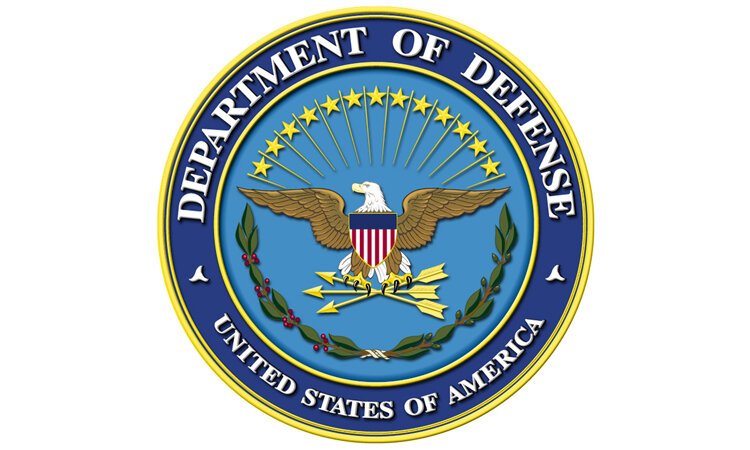Dynamic Respiratory Impedance Volume Evaluation (DRIVE)
Value Proposition
By continuously monitoring impedance in limbs. DRIVE’s non-invasive assessments help determine whether the patient is hypovolemic or hypervolemic, and whether the patient will respond favorably to addition or removal of intravenous fluids.
Competitive Advantage
DRIVE is supported by a small wearable, wireless device that provides personalized, continuous, and easily interpreted diagnostic data for a variety of managed-care environments, from home and clinic, to ambulance, emergency department, ICU, and general wards. DRIVE’s rapid, dynamic assessments link cardiovascular and respiratory function, with areas of impact including sepsis, trauma, heart failure, dialysis, and conditions affecting respiration.
Continuous Monitoring
Personalized Data
Numerous Applications
Non-Invasive
Unique Features
Continuous monitoring
Personalized data
Applications can extend to sepsis, trauma, heart failure, COPD, asthma, and opioid
Non-Invasive – eliminates risk of infection that is typically associated with other techniques
Licensing Information
New Vital Signs in 2017
Principal Investigators
Kevin Ward, MD
Hakam Tiba, MD
Intellectual Property
Invention Disclosure # 5590
Patent Issued # US10314532
Solution Sheet
Download Solution Sheet (PDF)
DRIVE’s rapid, dynamic assessments link cardiovascular and respiratory function, with areas of impact including sepsis, trauma, heart failure, dialysis, and conditions affecting respiration.
In hemodialysis for example, if the speed of the procedure is too aggressive, or the individual being treated doesn't adhere to the proper dietary or fluid restrictions, the homeostasis (balance) of the body chemistry can be thrown off, causing side effects and complications.
Contact New Vital Signs for more information about investment and partnership opportunities.Funding History
$3,285,473 in non-dilutive funding • 2014 $92,958 MTRAC • 2015 $150,476 Baxter Healthcare Corporation • 2015 $42,830 Renal Research Institute, LLC • 2017 $2,999,209 DOD • Substantial additional departmental, school and center based support
Funding Organizations
This work is supported by the Office of the Assistant Secretary of Defense for Health Affairs through the JPC-6 Combat Casualty Care / Defense Medical Research and Development Program under an assistance agreement from the U.S. Army Medical Research Activity, Award No. W81XWH-18-1-0078.






